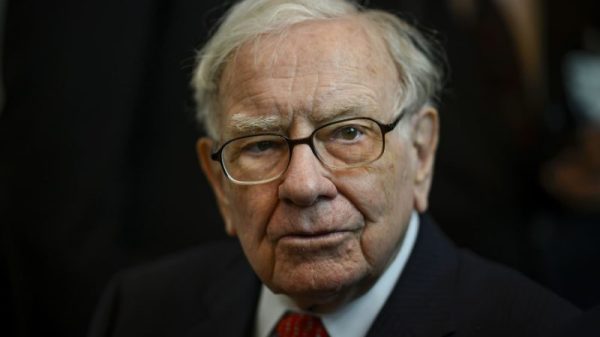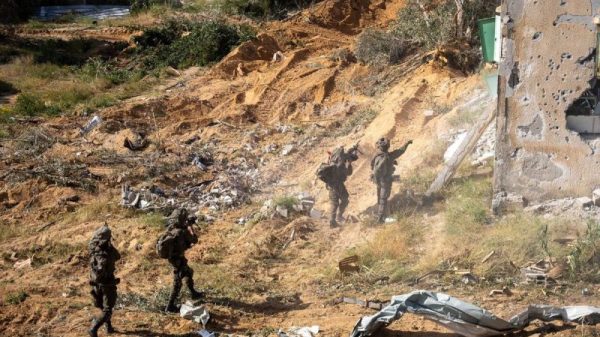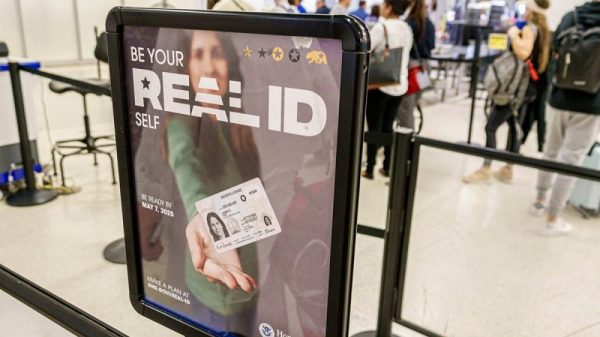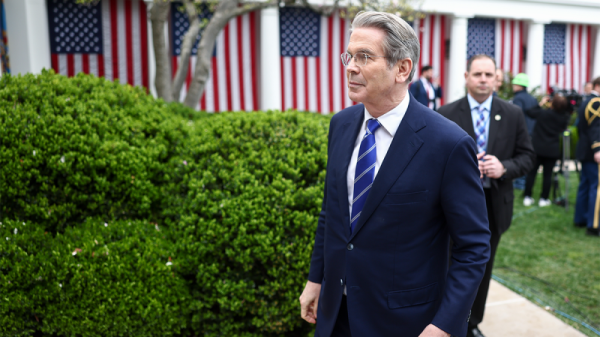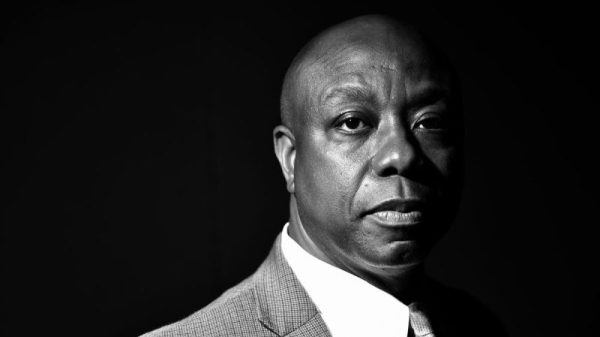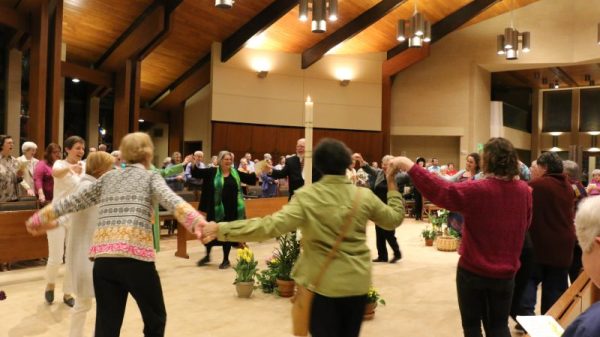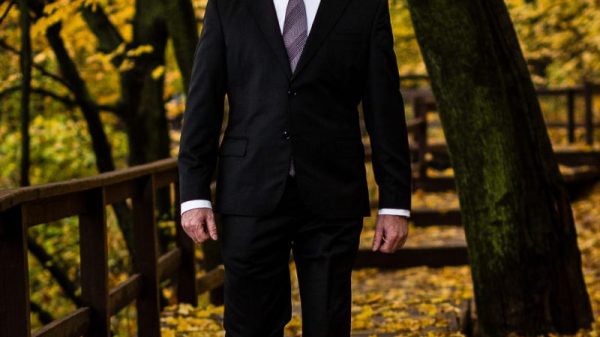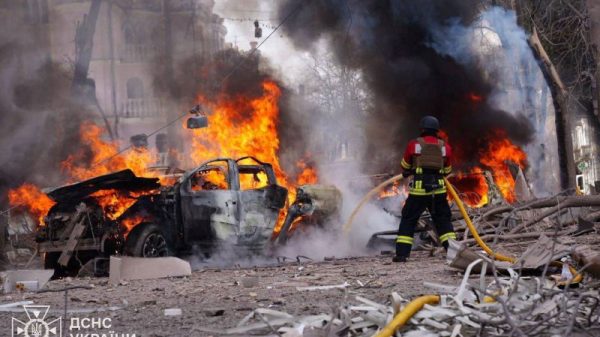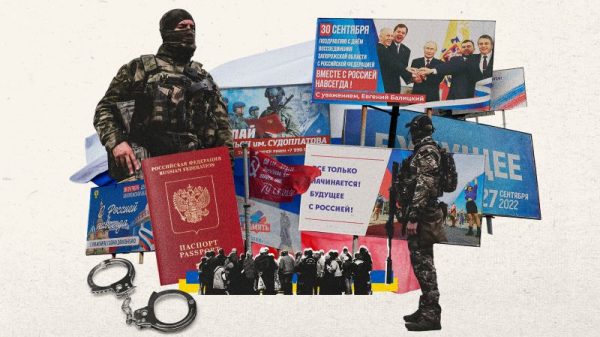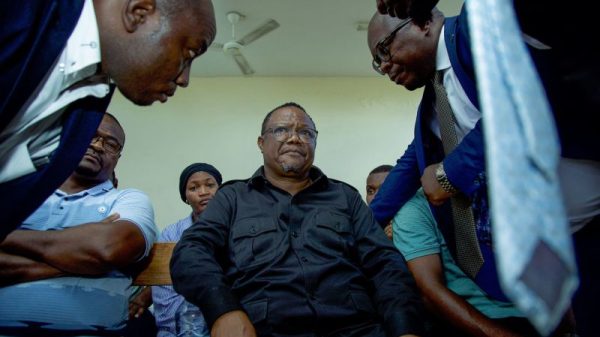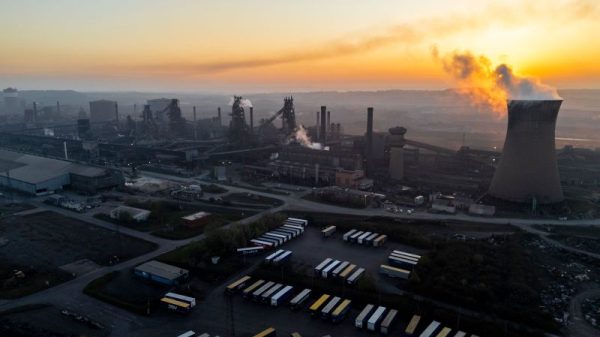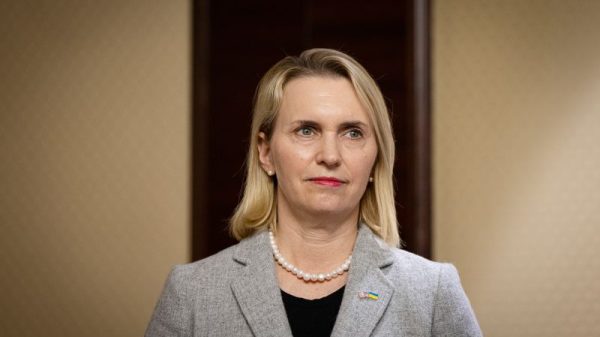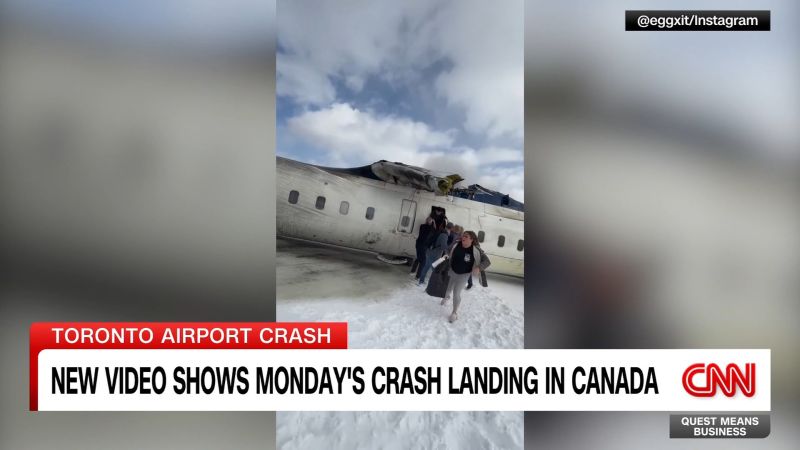In the 10th row of Delta Flight 4819, Pete Carlson rested in the window seat just before landing at Toronto Pearson International Airport on Monday afternoon, thinking about friends he would see at a paramedics conference where he was scheduled to speak.
John Nelson, another passenger in the 10th row of the CRJ900 twin-jet aircraft, remembered the flight and descent over Canada’s largest city as typical except for “super gusty” winds blowing snow over the runways.
The Delta flight, on a trip from Minneapolis, was cleared for Runway 23 under a westerly wind, with gusts up to 38 miles per hour. “Might be a slight bump in the glide path,” an air traffic controller said. “There will be an aircraft in front of you.”
“Clear to land, Endeavor 4819,” the pilot responded, referring to Delta’s Endeavor Air, the subsidiary which operated the regional jet arriving about 2:15 p.m local time Monday on the snow-covered runway. The wind sent snow swirling into the air, limiting visibility to five miles.
Then everything changed.
The jet came down hard and fast. Flames erupted around the rear landing gear, followed by a growing fire ball shrouded by a rising trail of black smoke, according to video from the scene. The right wing was sheared off as the plane rolled on its back along a tundra-like landscape.
In seconds, the lives of the 80 people on board would be upended – literally – with passengers hanging upside down, their seatbelts preventing them from crashing down. Jet fuel cascaded like rain over the windows. Somehow, all those on board survived, though 21 people were taken to hospitals with injuries.
‘We were upside down, hanging like bats’
Pete Koukov, another passenger, said he “didn’t know anything was the matter” until the hard landing.
He took video showing some passengers, still strapped to their seats, on the overturned jet.
Nelson called it “mass chaos.”
“I was upside down. The lady next to me was upside down,” he said. “We kind of let ourselves go and fell to hit the ceiling – which was a surreal feeling. And then everybody was just like, ‘Get out! Get out! Get out!’ We could smell like jet fuel.”
The two flight attendants had never landed a plane upside down, according to Sara Nelson, international president of the Association of Flight Attendants-CWA. But they had trained for many scenarios, including evacuating passengers within 90 seconds – which they did during Monday’s emergency.
“They were heroic,” Nelson said.
A mix of black smoke and powdery snow rose over the tarmac.
“Oh, no, no, no, no, no!” said a person who took a video of the crash, watching from another plane near the runway.
“Airplane just crashed (runway) 2-3,” a pilot on another flight can be heard saying on recordings of air traffic control transmissions, which also picked up audio of a medevac helicopter that was already in the area.
“We got it in sight,” the helicopter pilot said of the downed jet.
“LifeFlight 1, medevac, just so you are aware there are people outside walking around the aircraft there,” an air traffic controller said.
“Yeah, we’ve got it. The aircraft is upside down and burning,” the medevac pilot responded.
Outside the plane, passengers shot video and photos with cellphone cameras as firefighters tried to douse the flames.
Carlson remembered the powerful sound created by the crash of tens of thousands of pounds of metal against snow-covered concrete.
“The absolute initial feeling is, ‘Just need to get out of this,’” he told CBC.
He unfastened his seatbelt and crashed down onto the plane’s ceiling, now the floor. He didn’t sense panic or fear around him. Instead, Carlson said, everyone on the plane “suddenly became very close” – helping and consoling each other.
“What now?” he remembered thinking. “Who’s leading?”
Row by row, passengers and crew members checked on one another. They made sure people would not fall on others once their seatbelts were unfastened. As a father and a paramedic, Carlson said, he instinctively focused on getting a young boy and his mother who were sitting on the ceiling safely off the plane. The smell of fuel grew stronger.
“You can listen to the preflight all you want but when you’re suddenly upside down, rolled over, everything kind of goes out the door,” he told CBC. Hours after the flight, he still reeked of plane fuel. He wasn’t sure how he got a gash on his head.
‘It’s amazing that we’re still here’
Carlson stepped outside the plane. He recalled marveling at the “amazing” response of police officers, firefighters and paramedics on the scene.
It felt like he was “stepping out onto the tundra,” Carlson told CBC, as he and others helped passengers onto the snow-swept tarmac. The injured were taken away by bus. A triage area was set up at a safe distance from the plane.
“There was a wing there before and when we went out that exit, there was no wing to be found,” he recalled.
In fact, the wing breaking free likely kept the fire out of the passenger cabin, said Joe Jacobsen, an aerospace engineer who has worked for Boeing and the Federal Aviation Administration.
When a wing rips off entirely on impact, it ditches potentially explosive fuel, said Michael McCormick, an associate professor at Embry-Riddle Aeronautical University, noting that fuel used to be stored in the belly of the aircraft.
Other design factors came into play as well. Most modern commercial aircraft are required to have 16G seats – meaning they can withstand 16 times the force of gravity, McCormick said. The seats, designed for durability rather than comfort, are less likely to come apart in an accident.
Carlson was thankful to walk away from the crash.
“I didn’t care how cold it was,” Carlson told CBC. “I didn’t care how far I had to walk, how long I had to stand. All of us wanted to just be out of the aircraft.”
At one point, Carlson removed his coat and put it over the shoulders of the mother with the young son. He snapped a photo of the overturned plane with his phone, and sent a copy to a paramedic friend, who was at the airport to pick him up.
“I simply sent it, saying this is my reality right now,” he said. “Down on the tarmac but alive, which, again, is really amazing.”
The friend and colleague, Renfrew County, Ontario, Paramedic Chief Mike Nolan, saw a huge plume of black smoke rise from the center of the runway and immediately texted Carlson, the keynote speaker at the conference in Toronto this week.
In the end, Carlson said, it was “just people – no countries, nothing … together helping each other.”
Koukov said he felt lucky and happy. He gave a big hug to the person who had been sitting next to him on the flight – as he did when greeted by friends who picked him up at the airport.
Said Nelson, “It’s amazing that we’re still here.”








